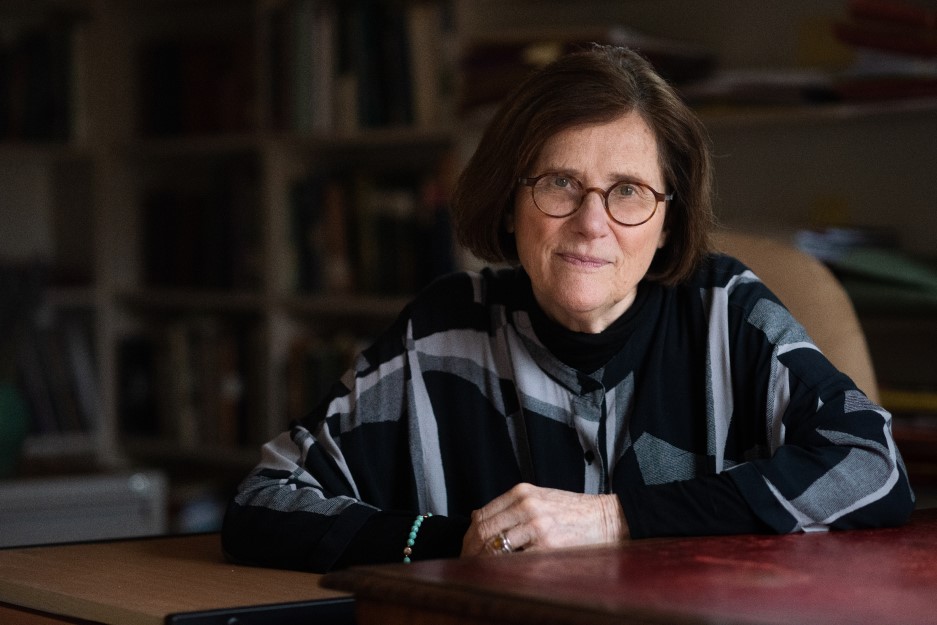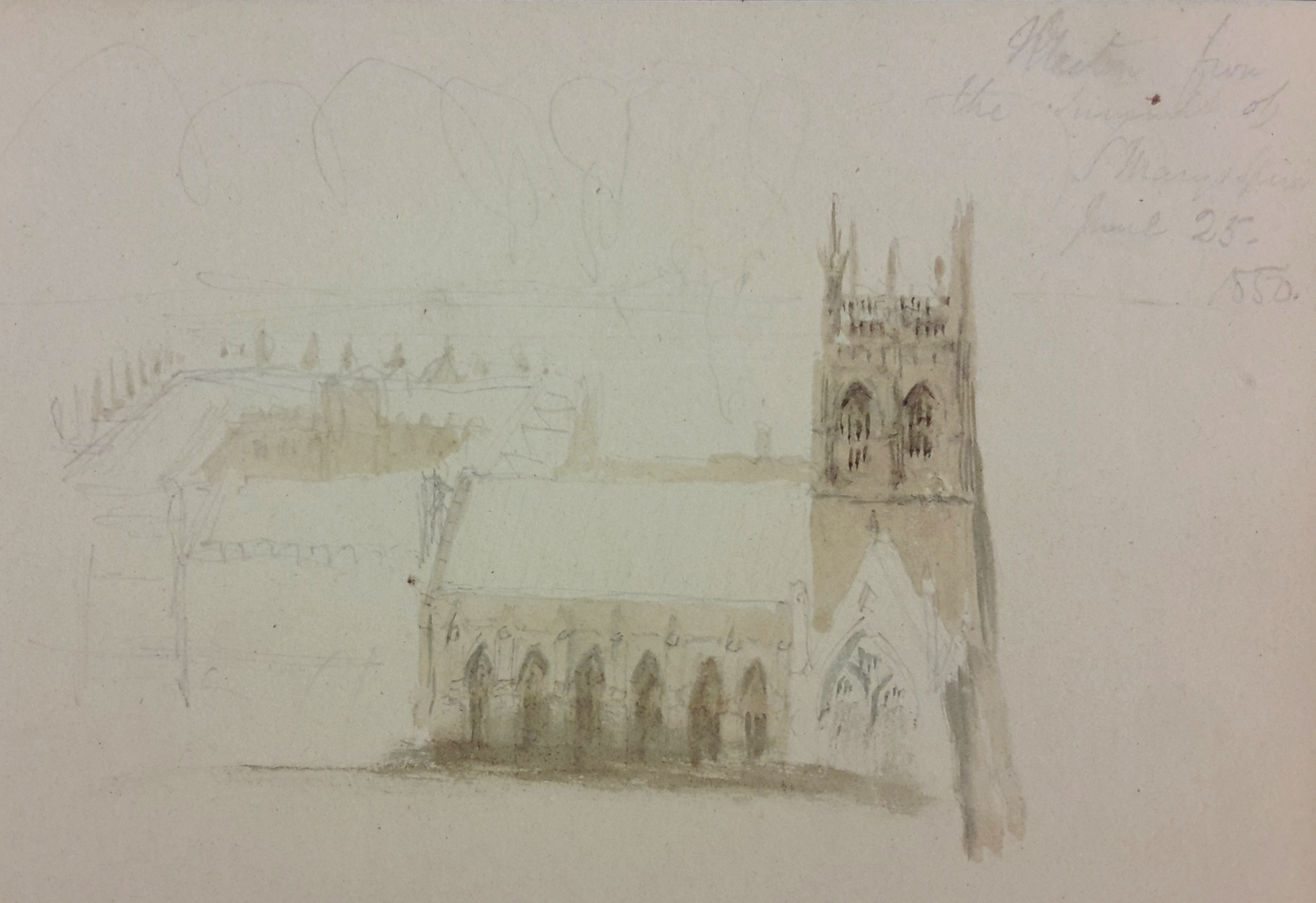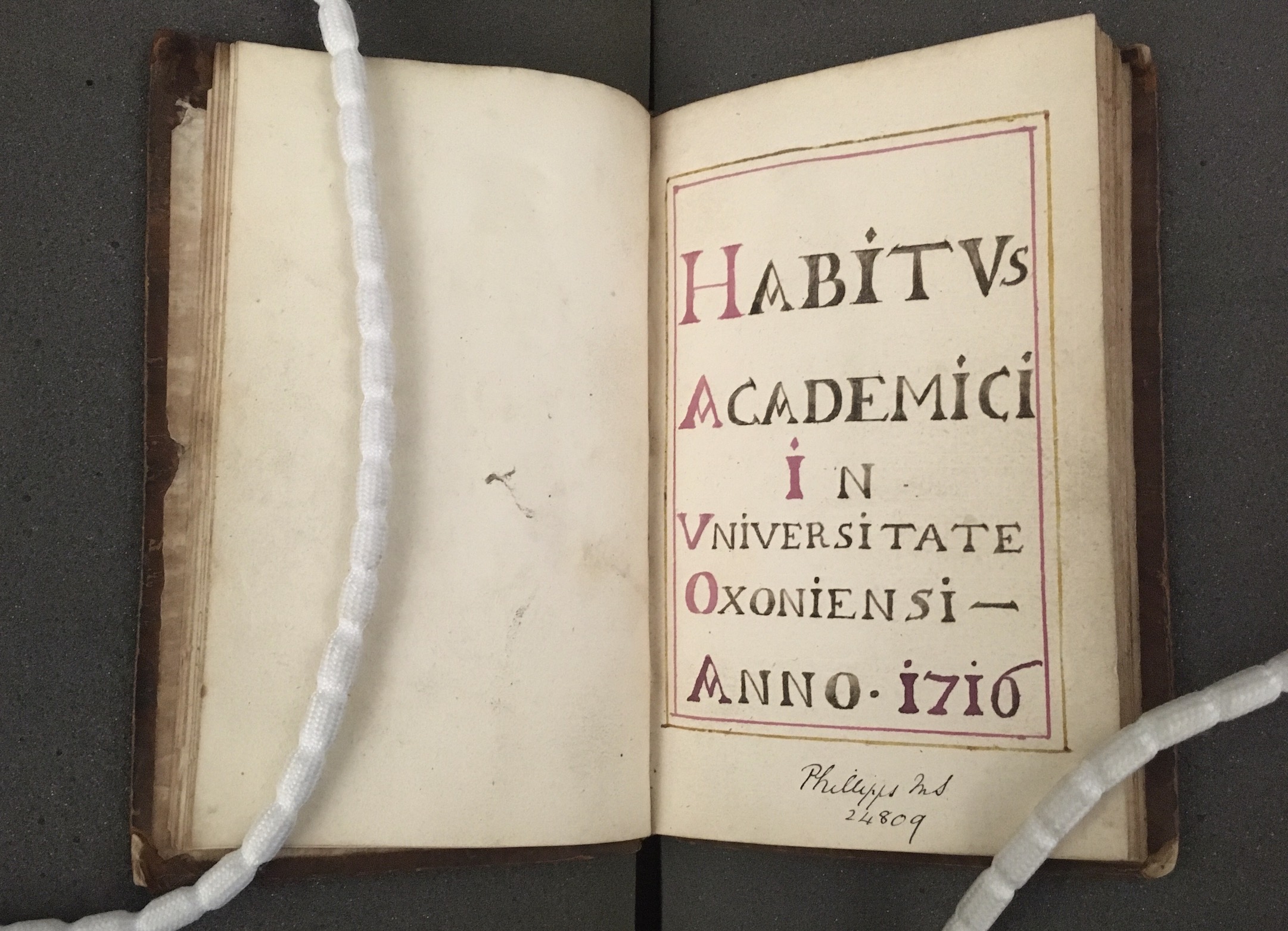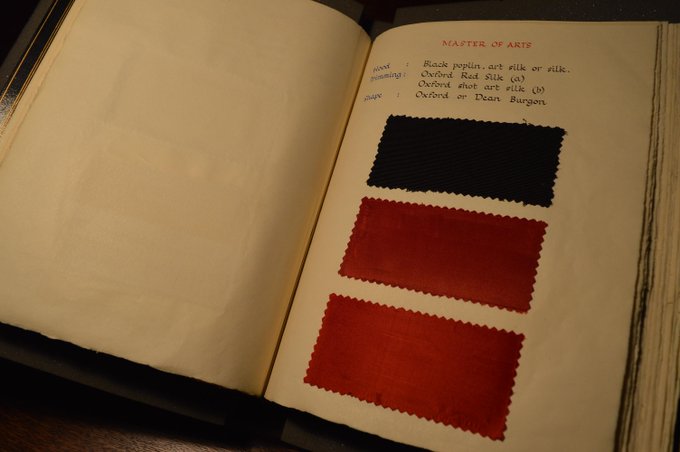
The official race card for the 6 May 1954 athletics meeting that featured the world record mile race, signed by Bannister, Chataway and Brasher, who are all listed as members of Achilles, the club for current and former members of the Oxford University Athletic Club
You can now find the catalogue of the archive of athlete, neurologist, and Master of Pembroke College, Sir Roger Bannister (1929-2018) online at Bodleian Archives and Mansucripts.
A talented middle-distance runner from childhood, Bannister came to the University of Oxford in 1946 to study medicine. He served as president of the Oxford University Athletic Club where one of his achievements was to redevelop and resurface Oxford’s Iffley Road athletics track, where he later won a world record. In 1949 in the European Championships, which was his first international event, Bannister won bronze for Great Britain in the 800m final. By 1951 he was ranked first in the world over the mile. In 1952, Bannister concentrated all his efforts on the Olympics in Helsinki, but even though he was considered a favourite, he finished a crushing fourth.
This blow left him on the verge of retiring from athletics, but instead he decided on a new goal: being the first man to run a mile in under four minutes. The world record was 4:01.3 but two other men were drawing close to it: Australia’s John Landy, and America’s Wes Santee, who both ran 4:02 minute miles in 1952 and 1953.
On 6 May 1954, at a meeting between Oxford University and the Amateur Athletic Association at Oxford University’s Iffley Road track, Bannister and his pacemakers Chris Brasher and Chris Chataway (then a student at Magdalen) were in the AAA team, and lined up at the starting line. There was a false start: by Chris Brasher. The wind had been swirling all day and the decision to run had been touch or go until the wind suddenly dropped, just before the race. In his memoir Twin Tracks, Bannister remembers how angry he was at this delay, afraid that they might be about to lose the lull in the wind. The starter’s gun went off again.
At first Brasher held the lead, pacing Bannister for just over two laps, and then Chataway took over. With over 200 yards to go, Bannister turned on his famous finishing kick and accelerated into the lead with the Oxford crowd screaming in the stands.
He crossed the line at 3:59.4, not only breaking the world record but running the first ever sub-four minute mile.
Instantly internationally famous, Bannister was sent by the Foreign Office on a tour of America, while also finding time that spring to qualify as a doctor, but 46 days later his world record was broken by rival John Landy. In August 1954, the Landy and Bannister met in one of the most anticipated races of the twentieth century at the British Empire [Commonwealth] Games in Vancouver. The ‘Miracle Mile’ put Bannister’s finishing kick on full display. Landy, who was in the lead, made a famous mistake when he turned nervously to look for Bannister over his left shoulder, only for Bannister to overtake him immediately on the right. Bannister beat his own record with a time of 3:58.8 but Landy retained the world record.
Roger Bannister retired from athletics that year to concentrate on his medical career. He practiced clinical medicine as a neurologist at both St Mary’s Hospital and the National Hospital for Nervous Diseases in London and did his national service with the Royal Army Medical Corps from 1957-1959, which included writing a life-saving report on preventing heat illness. His research interests were in the autonomic nervous system, with a particular interest in the neurological control of breathing, on orthostatic hypotension (a failure to regulate blood pressure) and on multisystem atrophy. From 1982 he was the first chairman of a body he largely inspired, the Clinical Autonomic Research Society. Also in 1982, he published the first textbook on the autonomic nervous system, Autonomic Failure.
From 1971-1974 Bannister served as the first chairman of the Sports Council (now called Sport England) and was knighted for this in 1975. He oversaw an increase in central and local government funding of sports facilities and he also introduced the first testing for anabolic steroids. He was subsequently appointed the president of the International Council for Sport and Physical Recreation (ICSPR). Between 1985 and 1993, he returned to Oxford to serve as Master of Pembroke College.
Roger Bannister published two autobiographies, The First Four Minutes (1955) about the four-minute mile, and Twin Tracks (2014) about his dual careers in athletics and medicine.
The archive includes correspondence and papers about the four minute mile, including training schedules and many congratulations letters and requests for appearances and advice. It also includes correspondence relating to his working career as a doctor, head of the Sports Council, and Master of Pembroke, as well as an extensive range of photographs covering his athletic career and public appearances.















